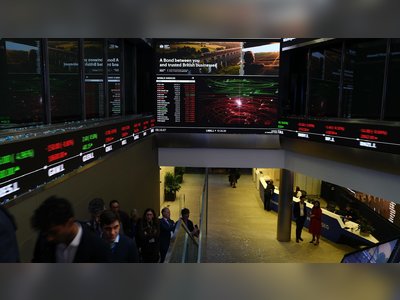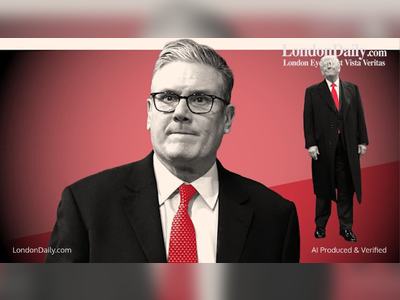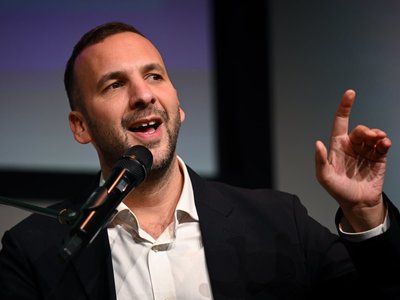
If You Invested $5,000 in Facebook’s IPO, This Is How Much Money You'd Have Now
Buying in at the IPO might have been something to brag about in 2012, but patient investors who used a different approach are the ones bragging now.
When a company's stock gets released to the public in an initial public offering (IPO), there's usually not much news coverage outside of the financial media outlets. But that was not the case in 2012 when Facebook (NASDAQ:FB) announced its go-public event. It was hard to avoid the buzz leading up to the stock's release day, and many social networking fans who had never invested in stocks before were interested in getting in on the action.
Let's take a look back at the early years at Facebook to understand why investors were so excited about this company going public. Then we'll dive into the IPO calculations and discuss an alternative approach that would have been even more lucrative.
Facebook was a hit from Day One
It all started in 2004 when then-freshman Harvard student Mark Zuckerberg and his friends started "TheFacebook" as a way for students at the university to connect online. The announcement of the site was sent to an email distribution list of 300 students, but within the first 24 hours, four times that many had registered. In the first few years, the service was only available for college students, but even with that limitation, it reached 6 million members by December 2005. The torrid growth didn't seem to slow down. When the IPO rolled around in May 2012, the platform had an amazing 526 million daily active users across the globe and had achieved a $4 billion annual revenue run rate.
No wonder people were excited about the opportunity to own stock with this amazing growth story.
Getting in at the beginning
The stock was offered at $38 per share via the IPO. Let's assume you bought 132 shares for a total of $5,016 on May 18, 2012, and held all the way through to today. In the meantime, Facebook continued its incredible growth and has turned into a global juggernaut. The table below compares Q1 2012, the last quarter before its IPO, to its most recently reported results for Q2 2019
Shareholders have shared in the company's success. At today's price of around $191 per share, those 132 shares would be worth $25,212, resulting in a market-beating five-bagger.
Any investor should be happy with that result, but there was a way to improve your returns with a simple strategy.
A different approach with better results
Facebook's IPO was largely viewed as a failure. In the days following the stock's release, it dropped - and dropped and dropped. The stock stayed below the $38 mark for months and finally bottomed out in September 2012 below $18.
The shares didn't get back to the initial $38 again until August the following year, a full 16 months later. This was a tough pill to swallow for those who bought on Day One. But one approach that investors can use to help in a case like this is to buy in thirds.
The idea is that you can get in on the stock with a small initial investment but have cash left to invest later. If the stock goes lower, you don't feel too bad, because you have money available and can add to your position at a better price. If the stock starts to rise, as a shareholder, you can be comforted that you are capturing the gains.
With 20/20 hindsight, we can see how this strategy would have paid off for Facebook IPO investors. Let's assume you invested one-third of your available cash at the IPO and the remaining two-thirds split between buys at six months and at one year later.
With this approach, you would have 47 more shares and a 26% lower cost basis. Today, those 179 shares at the $191 price would be worth $34,189, or almost 36% more than just investing at the IPO.
Buying in thirds doesn't always pay off monetarily, but it can help manage your temperament if the stock loses value. Red numbers in your portfolio are tough to look at. Some investors might be tempted to sell, especially when numbers remain in the red for what seems like an eternity. Early Facebook shareholders who chose a buy-in-thirds approach not only would have achieved better results, but more importantly, they were more likely to hold their shares through the first 16 months of disappointing returns.
10 stocks we like better than Facebook
When investing geniuses David and Tom Gardner have a stock tip, it can pay to listen. After all, the newsletter they have run for over a decade, Motley Fool Stock Advisor, has quadrupled the market.*
David and Tom just revealed what they believe are the ten best stocks for investors to buy right now… and Facebook wasn't one of them! That's right - they think these 10 stocks are even better buys.











